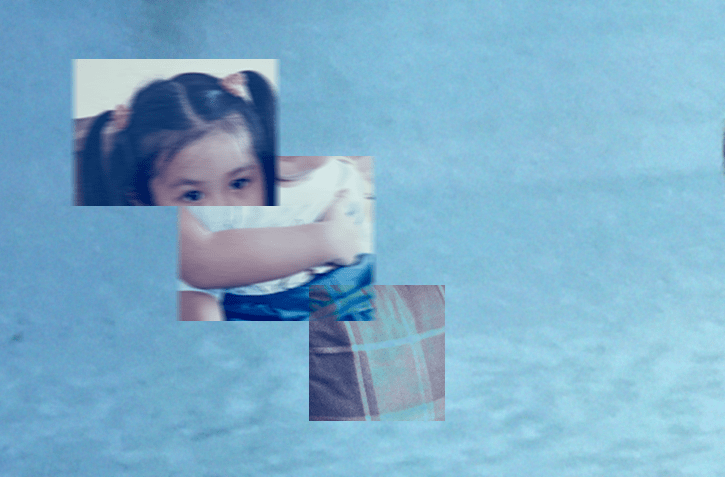
Tracing Memories | Exploring the Connections Between Art & The Multiple Trace Hypothesis
Memory is a theme that has been long explored by both psychologists and artists alike. However, current works from each discipline reveal a strong heterogeneity across different conceptions of memory. More importantly, my thesis calls attention to the information “lag” between current memory research, and artists’ understanding of human memory, with many contemporary works of art still reinforcing antiquated models of memory. Given the prominence of psychological research today, this thesis seeks to make connections between the arts and the psychological sciences explicit, and to promote closer dialogue between the two fields. In particular, this thesis will explore a model of memory consolidation known as the Multiple Trace Hypothesis (alternatively referred to as Multiple Trace Theory, or MTT), and compare the theory’s key propositions with the way contemporary artists conceptualize memory systems in their own respective works. Across three case studies looking at the art of Rachel Whiteread, Thomas Demand, and Christian Boltanski, I explore how each artist engages with MTT – calling attention to both points of tension and similarity. By better identifying the gap between these two disciplines, I hope to highlight new ways in which artists can communicate ideas of memory in their art.
Sector C
Advisor
Gregory Vershbow (VLST)
Traces
Photographs
Traces explores the reconstructive aspects of human memory. Inspired by new research in the field of computational neuroscience, I focus on capturing the “breaking points” of our memory systems: our tendencies to warp, blend, or entirely forget fragments of the past. Memory, no longer portrayed as static truths, but as a process of telling and retelling, constantly in flux. In highlighting the fallibility of memory, Traces also points to what makes our understanding of the past human. Rather than discounting the effects of memory errors – from the way emotions like nostalgia or trauma tint the act of reconstruction – this series of photographs retains these imperfections.

 Visual Studies
Visual Studies